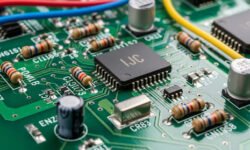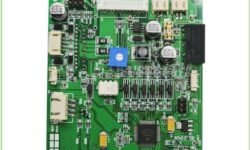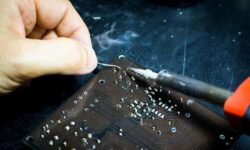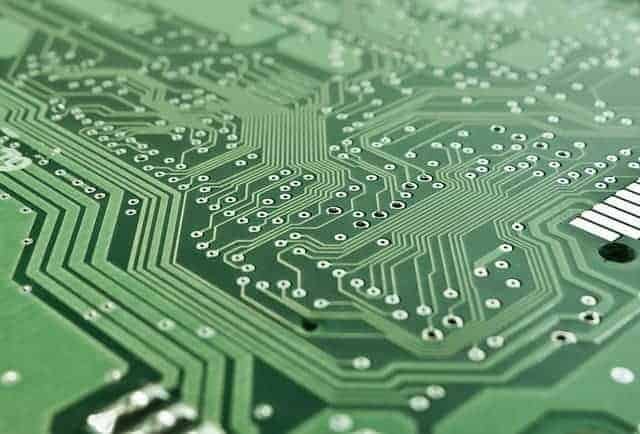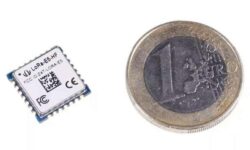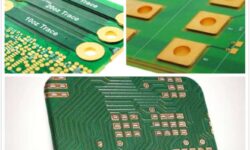What Should You Check in Gerber Files Before Sending Them to Fabrication?
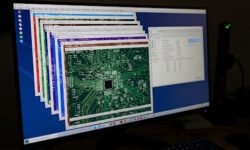
You have taken weeks to design your PCB and carefully routed traces and placed components and reread your schematic. And here comes the moment of truth, sending your design over to fabrication. However, one more step, which needs to be taken before you press that submit button, is checking your Gerber files, as this will save you a lot of money spent on making expensive errors and losing time on long waits. The language used between PCB designers and PCB manufacturers is Gerber files, which is universal. They have everything in it to make your board: from copper tracks to holes to make. Consider these as the design of your PCB and like any other design, it must be precise and comprehensive. We shall take a stroll of what you need to verify before transferring these crucial files to your manufacturer.


